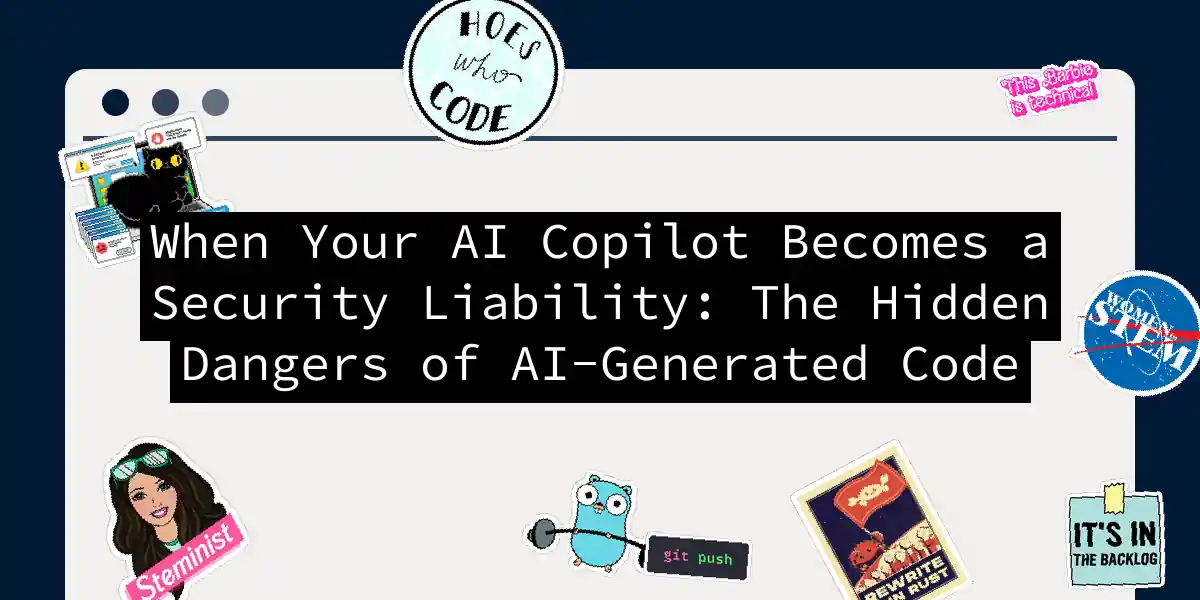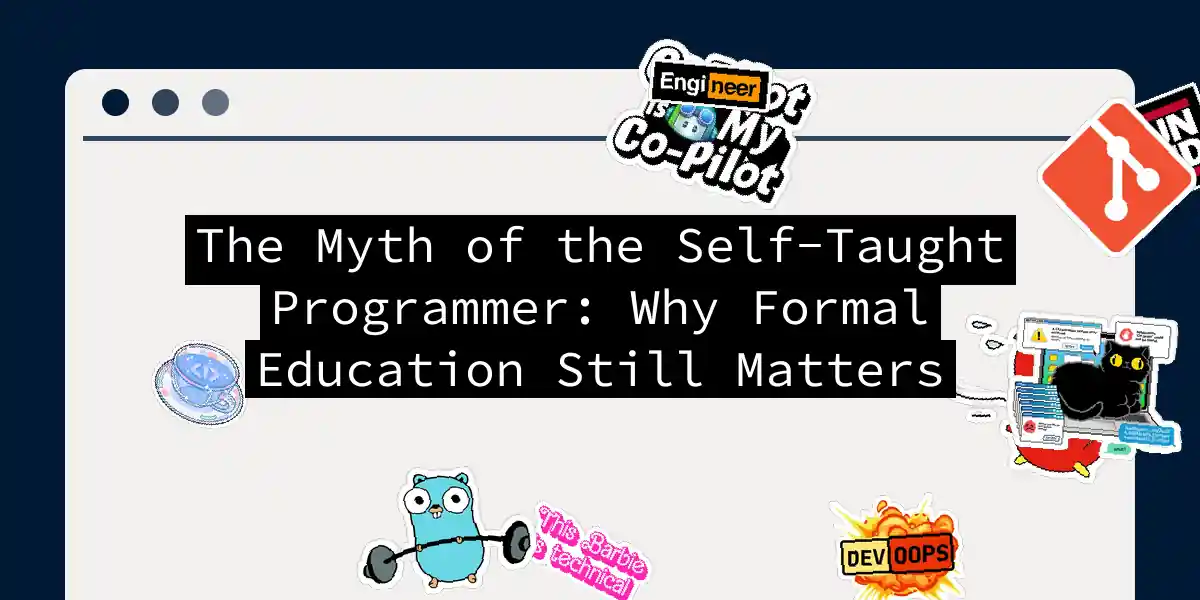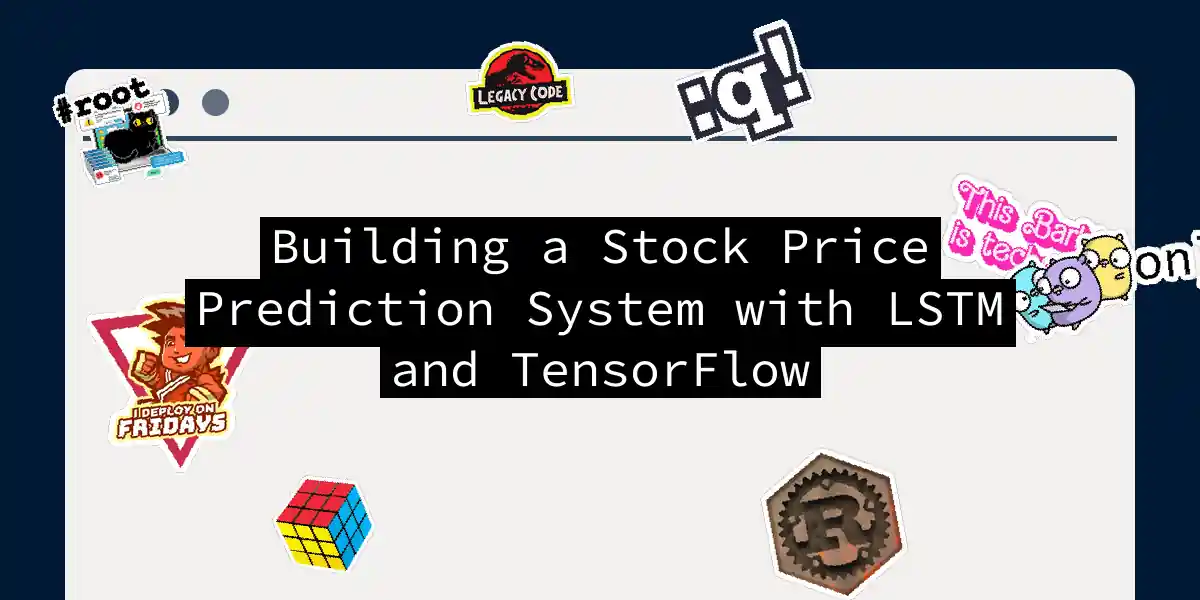
When Your AI Copilot Becomes a Security Liability: The Hidden Dangers of AI-Generated Code
Picture this: you’re cruising through your morning standup, sipping that perfectly brewed coffee, when your teammate proudly announces they’ve just shipped a feature in record time thanks to their new AI coding assistant. “Generated 200 lines of production code in 10 minutes!” they beam. Meanwhile, somewhere in the depths of your application, a ticking time bomb has just been planted—and it’s wearing a very convincing disguise of clean, functional code. Welcome to the wild west of AI-assisted development, where productivity gains come with a side of existential security dread....



